Why is there condensation on my ceiling? Experts urge you to take these steps ASAP
These five common causes have easy fixes if you act quickly
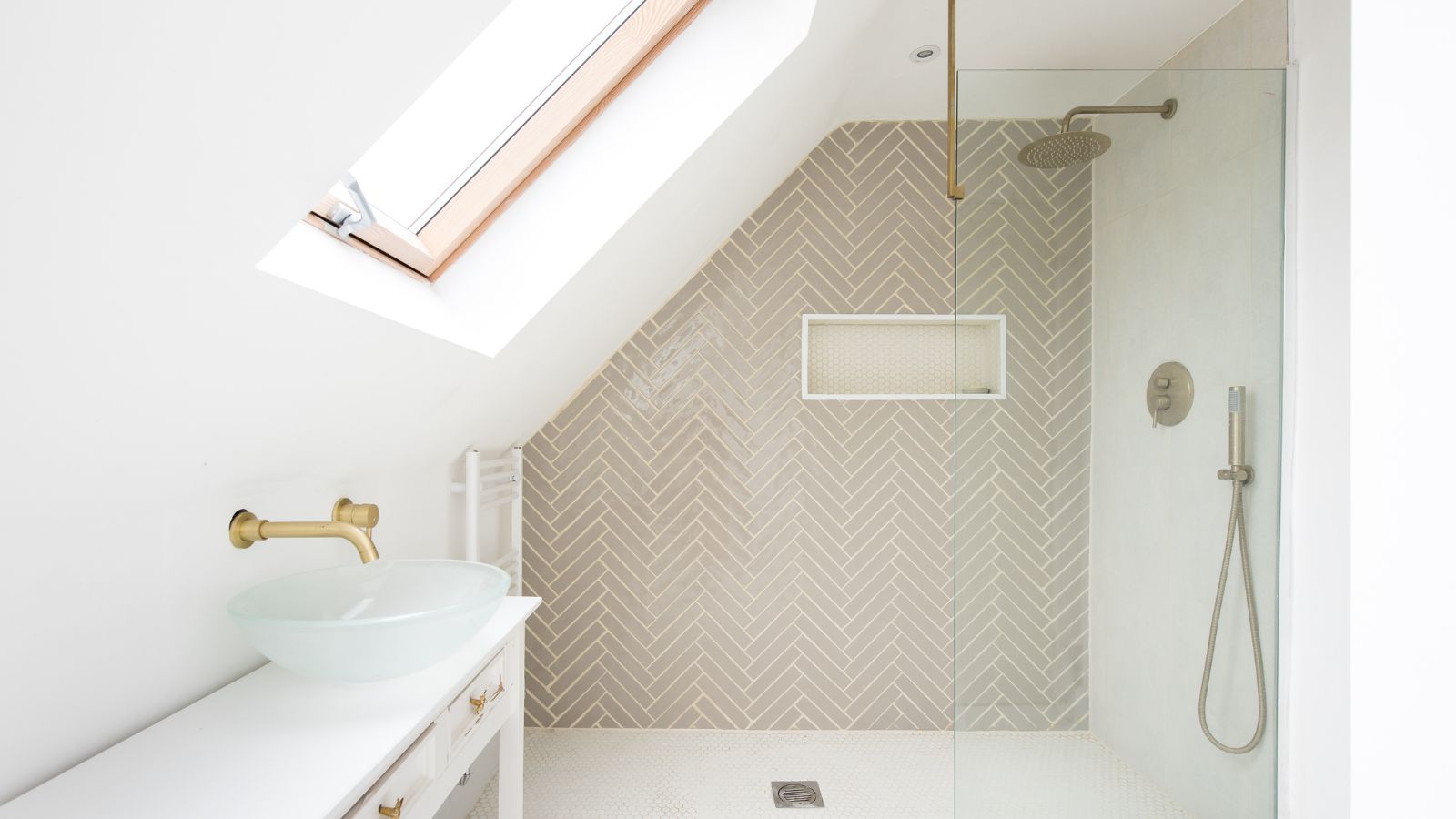

Condensation on your ceiling can be very frustrating. While the problem may seem minor at first, condensation can lead to significant structural issues if left unchecked.
Understanding why condensation forms on your ceiling is the first step to resolving the issue. Often, it’s the result of a combination of indoor activities and environmental conditions.
The good news is that with some detective work and the right approach, you can mitigate the problem, and reduce your home’s humidity, preventing further damage. This expert guide will equip you with the knowledge to identify the root causes of ceiling condensation and fix them quickly.
Why is there condensation on my ceiling?
When you notice small water droplets or drastic damp patches on your ceiling, it’s typically a sign that moisture in your home is interacting with cooler surfaces. This process can be influenced by a variety of factors including:
- High indoor humidity
- Poor insulation
- Ventilation issues
- Roof leaks mimicking condensation
- Thermal bridging
Here, the experts break them down one by one.
1. High indoor humidity
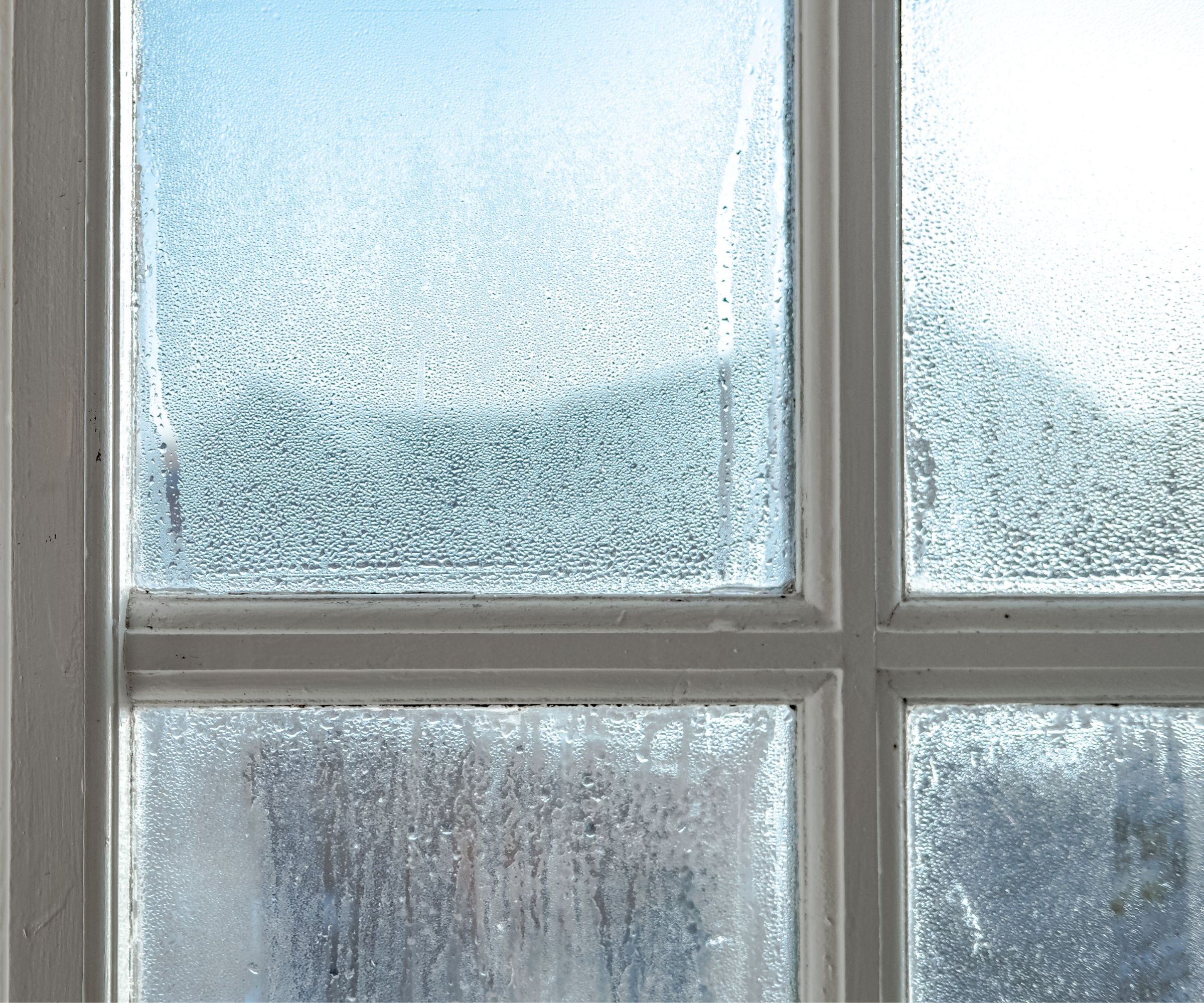
Condensation on the ceiling is a major sign of high humidity in your home.
Insulation expert Elizabeth Reilly of Greensavers explains, 'The indoor air becomes saturated with moisture through everyday activities like cooking, showering, and drying clothes indoors. This is especially common in households that lack adequate ventilation, as the moisture doesn’t have a way to escape. Over time, this excessive humidity creates an environment where condensation can thrive.'
If left unaddressed, high humidity can lead to more severe problems, such as mold growth, musty odors, and even damage to the paint and plaster.
Elizabeth continues, 'One way to reduce your home’s humidity is by investing in a quality dehumidifier. Models with built-in hygrometers allow you to maintain ideal humidity levels.' We’ve tested a number of dehumidifiers, and we like the hOmeLabs 4500 Sq. Ft Dehumidifier from Amazon. Highly rated by customers, this dehumidifier removes up to 50 pints from the air per day depending on the size of your room.
You should also aim to improve ventilation by opening windows during activities that produce moisture, such as cooking or showering. Consider using exhaust fans in high-humidity areas, too, to improve bathroom ventilation and reduce humidity in a kitchen.
2. Poor insulation

John Parks, Co-Owner and COO of Advanced Insulation System continues, 'Insufficient or poorly installed attic insulation can create cold spots on your ceiling, leading to condensation when warm, humid air interacts with these cooler surfaces. Homes with older insulation are particularly vulnerable, as insulation degrades over time, it becomes less effective at regulating temperature.'
In some cases, gaps or uneven coverage in the insulation can make the problem worse by allowing heat to escape in localized areas.
If your home’s insulation is outdated, hire a professional to evaluate and improve it. Spray foam or fiberglass insulation can help maintain consistent ceiling temperatures and reduce the buildup of condensation. Alternatively try using weatherstripping from Target or caulk from Walmart to draft-proof and seal gaps around windows, doors, and attic hatches, which can contribute to uneven ceiling temperatures.
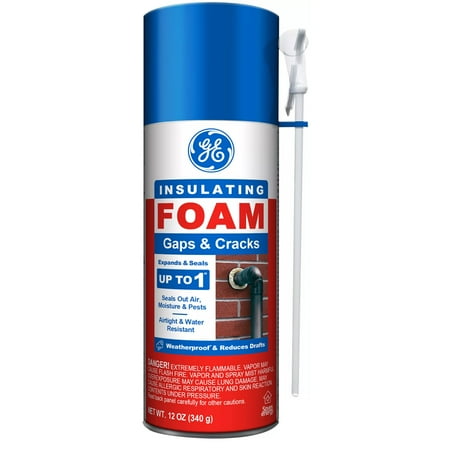
Insulating foam expands on application to fill gaps up to one inch in size, preventing air transfer for a warmer home.
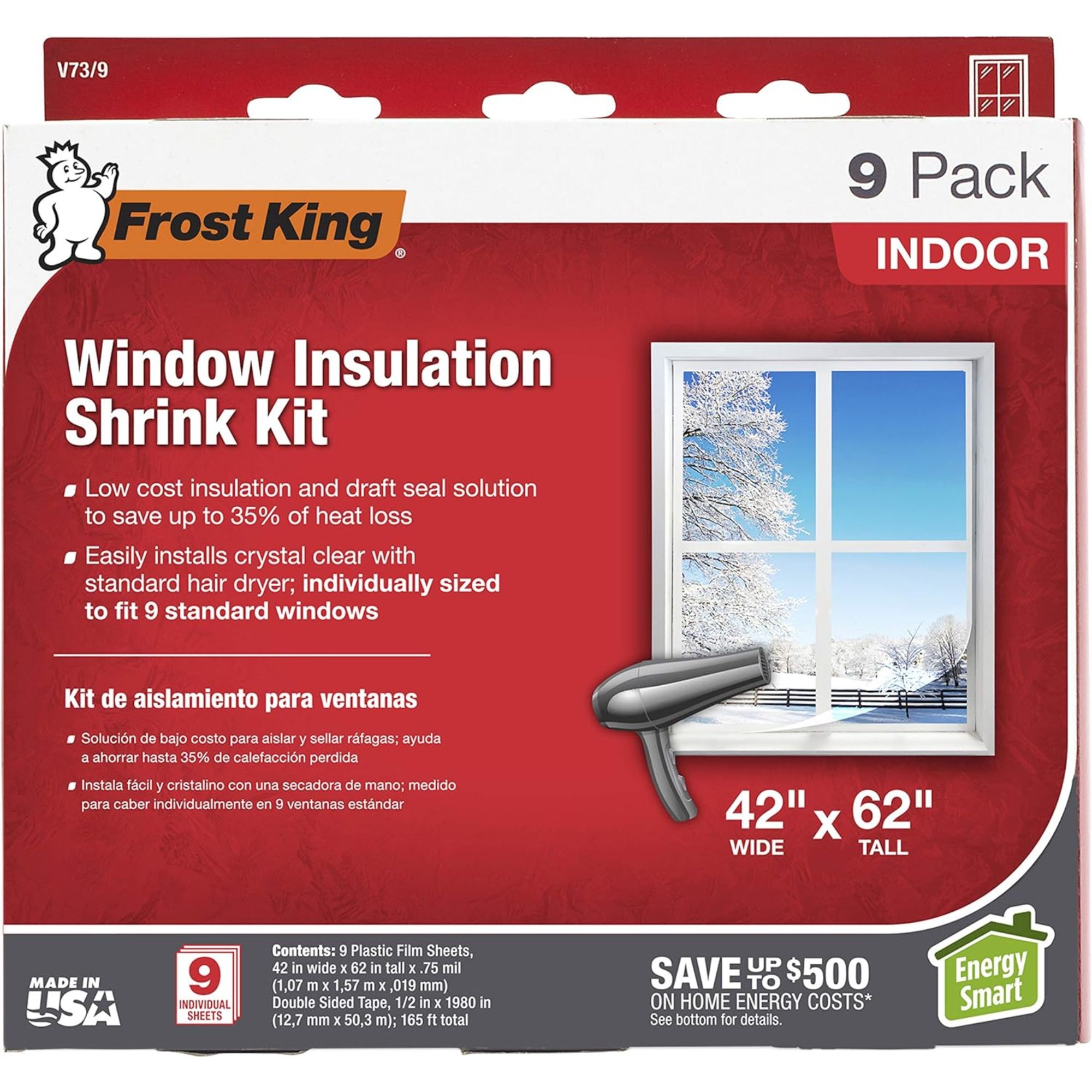
This product applies crystal clear, and is highly durable, tight and wrinkle-free to help reduce cold air transfer through glass and prevent condensation on windows.
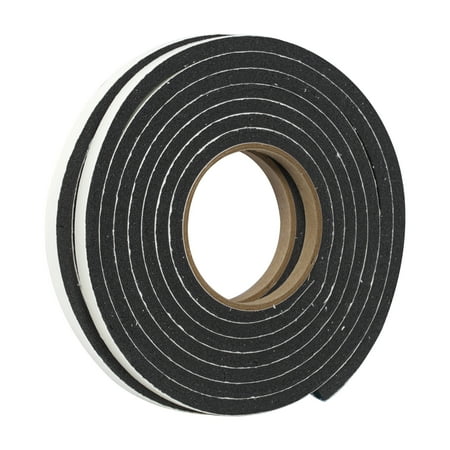
Weather stripping sticks to the outside edge of windows and doors for a tighter seal to block cold air drafts for a warmer home.
3. Ventilation issues
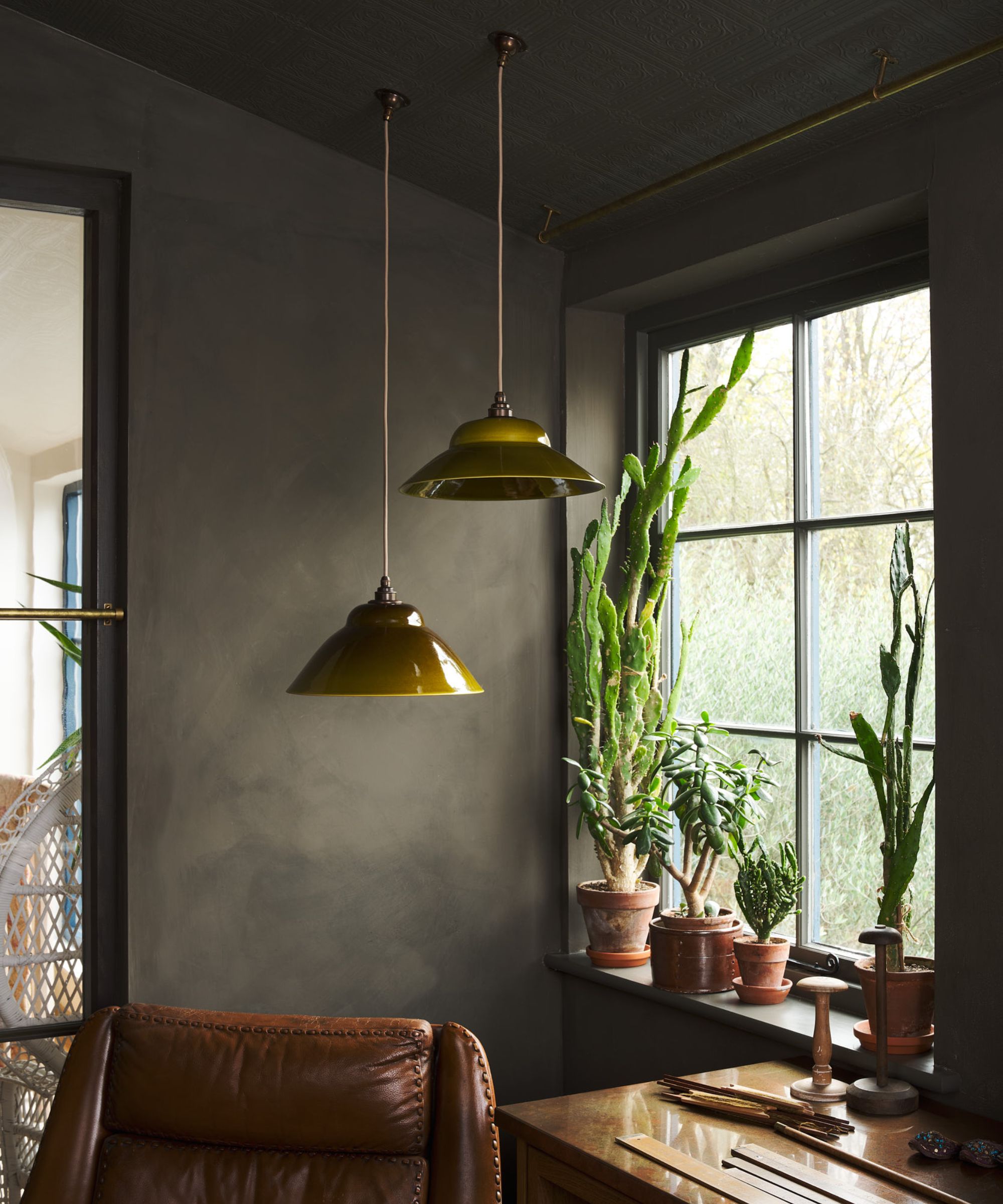
John continues, 'Proper ventilation is essential in maintaining a healthy indoor environment and preventing condensation on ceilings. When airflow is restricted, moisture from daily activities like cooking, showering, and doing laundry has nowhere to escape.'
Effective ventilation systems play a critical role in expelling humid air to the outside. Without these systems, the risk of moisture accumulation increases. Obtaining a balanced airflow not only reduces condensation but also enhances overall air quality in your home, and prevents mold from growing on your air vents.
Install, clean, or repair exhaust fans around your home to mitigate ventilation issues. Ensure that all bathrooms, kitchens, and laundry rooms have functioning exhaust fans vented to the outside. If there is excessive moisture buildup, a heat recovery ventilator (HRV) or energy recovery ventilator (ERV) can provide fresh air without losing heat.

A dehumidifier helps to reduce indoor humidity without making a house feel dry, reducing the risk of mold and condensation, especially when drying laundry indoors in winter.
4. Roof leaks mimicking condensation
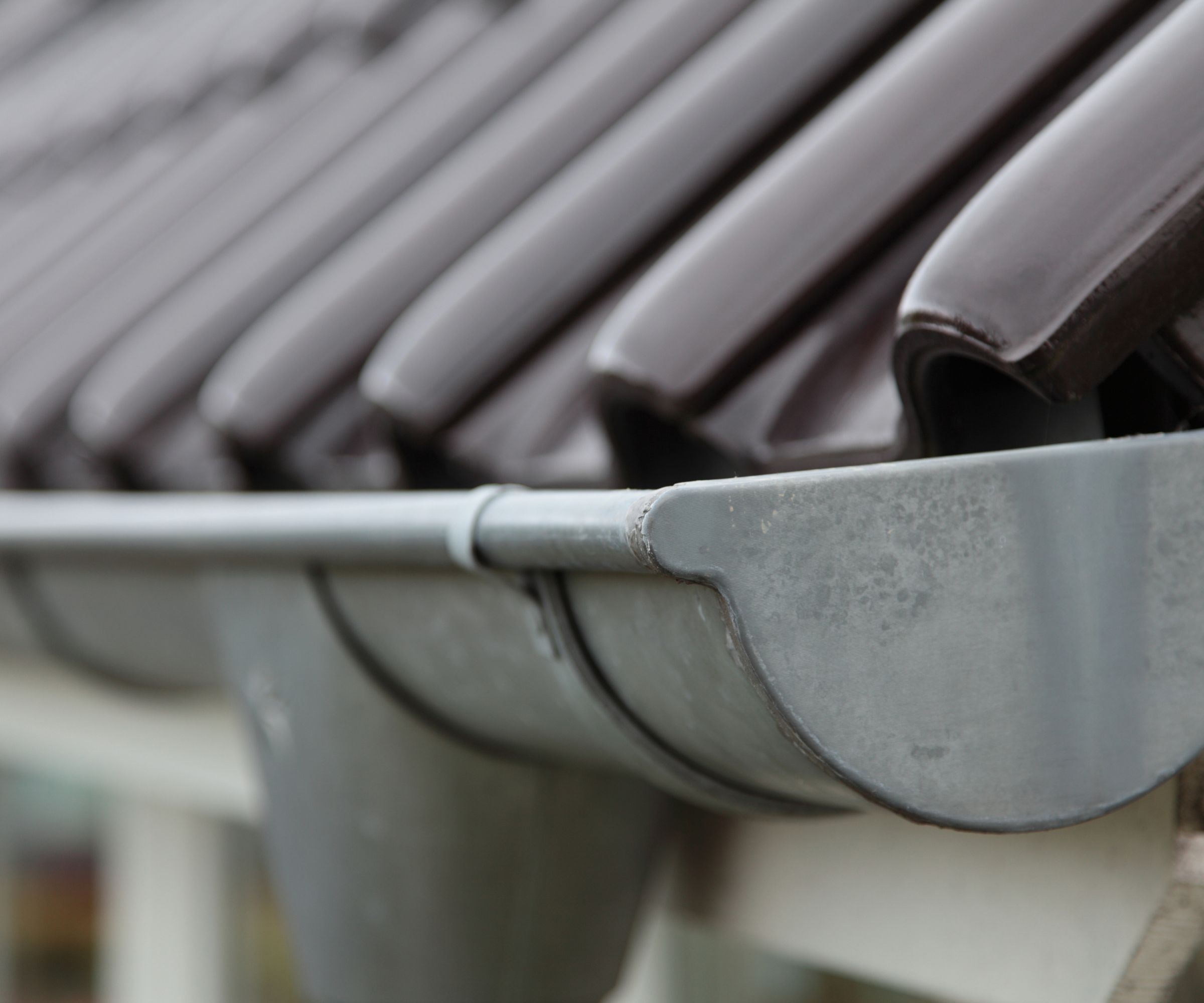
Mark Zehnal, director of Fortified Roof at the Insurance Institute for Business and Home Safety warns, 'Sometimes, what looks like condensation might actually be water from a roof leak, which can be a far greater issue.
'Roof leaks often occur due to damaged shingles, cracked or deteriorated flashing, or clogged gutters that allow water to pool and seep into the home. These leaks can masquerade as condensation, particularly when water seeps through insulation or drips onto the ceiling in patterns that resemble moisture buildup.’
Left untreated, leaks in the roof of your home can lead to extensive water damage. Look for damaged shingles, cracks, or areas where water pools. Address these issues immediately and weatherproof exterior hotspots for leaks in the rainy season yourself or hire a roofing professional to prevent further water intrusion.
Once the source has been fixed, you can fix a ceiling with water damage to remove staining and patch drywall ceilings.
5. Thermal bridging
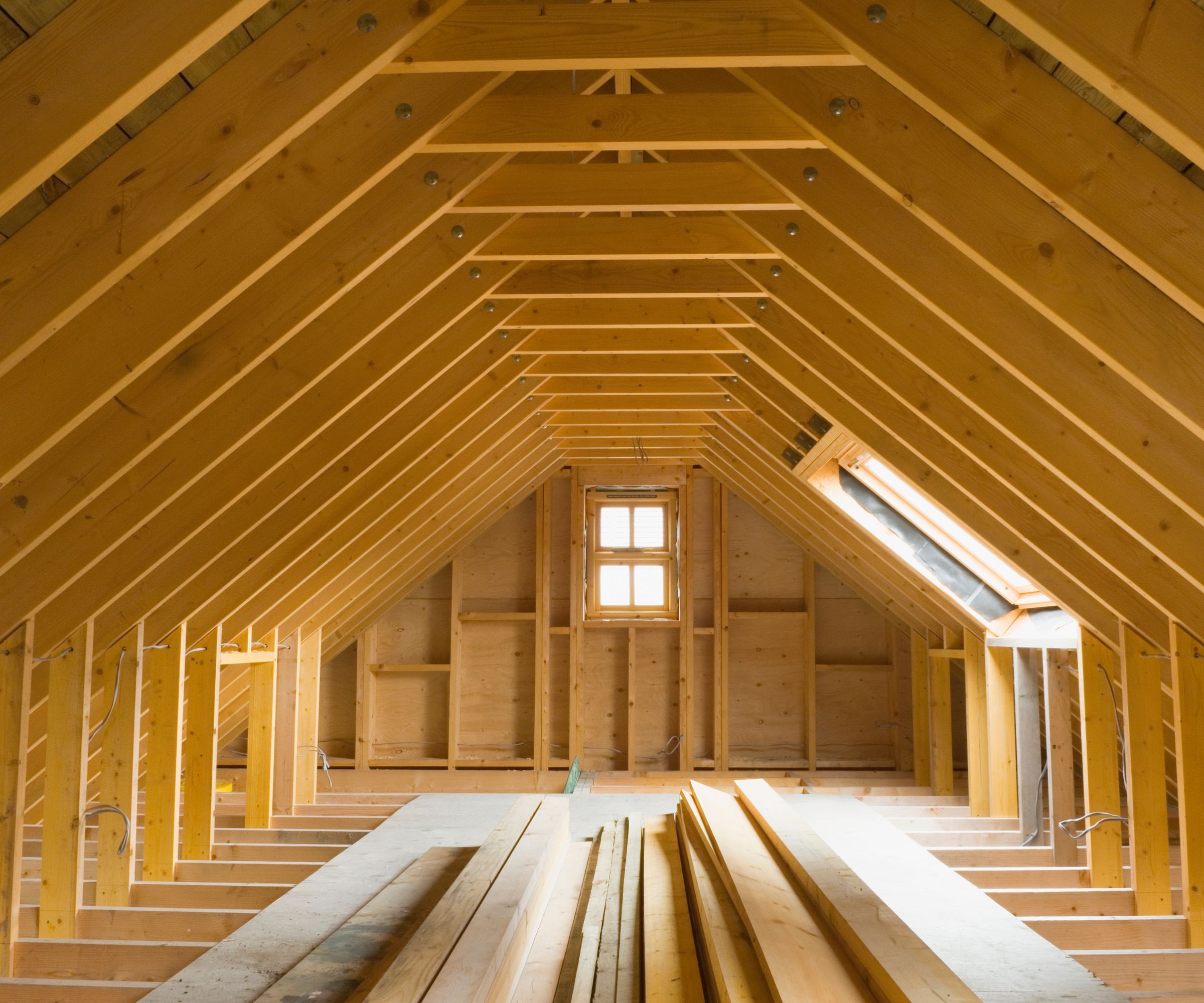
Thermal bridging is when certain materials in your home's structure, such as metal or wood, conduct heat more efficiently than others. This creates localized cold spots on your ceiling, which is where condensation is likely to build up.
Use an infrared thermometer from Amazon to detect cold spots on your ceiling. This will help you target areas prone to thermal bridging. Once identified, you can add insulation to problem areas, focusing on reinforcing the insulation in corners, edges, and around recessed lights to eliminate hot and cold spots in your home and minimize the risk of moisture-related damage.
FAQs
How can you tell if it's a leak or condensation?
The best way to tell ceiling condensation apart from a leak is by by paying attention to when the water appears.
If water appears during or after rain, then it is likely a leak. Likewise, if you wipe the water away and it reappears immediately (or very soon after) it could be a leak.
Condensation, on the other hand, will only show up during a cold spell, or after a high humidity task such as cooking or showering.
How do you dry out a wet ceiling?
If your ceiling is wet from condensation, ventilate the area by using a dehumidifier or opening a window before wiping the moisture away with a clean, dry towel.
If your ceiling is wet because of a leak, you will need to fix the course of the water first before you can dry the ceiling out. With the problem resolved, you can use towels to dab the exterior, before using heating and good ventilation (such as a dehumidifier) to help dry out the structure itself. It is important to have a professional check for structural damage, too.
Once you have dealt with condensation on the ceiling, try out some methods to stop condensation on your windows to minimize water damage and stop mold around windows.
If you spot condensation on the outside of your windows, it's usually a good sign that your insulation is working. If however, it doesn't clear as the day warms up outside, it could be a warning sign your insulation is failing.
Sign up to the Homes & Gardens newsletter
Design expertise in your inbox – from inspiring decorating ideas and beautiful celebrity homes to practical gardening advice and shopping round-ups.

Seraphina is a contributing editor at Homes & Gardens, writing Solved features on organizing and storage. She loves to decorate and also grow her own produce from her home in London. Her previous experience includes working at Women's Health and Fabulous Magazine.
You must confirm your public display name before commenting
Please logout and then login again, you will then be prompted to enter your display name.
-
 How to propagate an asparagus fern – this is the only method I use and it works every time
How to propagate an asparagus fern – this is the only method I use and it works every timeDuplicate the soft fronds of these ferns with this easy technique
-
 Emily Henderson just revealed her shocking hidden remodel costs – I've done two renovations, and these are the most surprising costs I also didn't see coming
Emily Henderson just revealed her shocking hidden remodel costs – I've done two renovations, and these are the most surprising costs I also didn't see comingHome renovations rarely go to plan. Here’s our candid breakdown of where the real costs add up
-
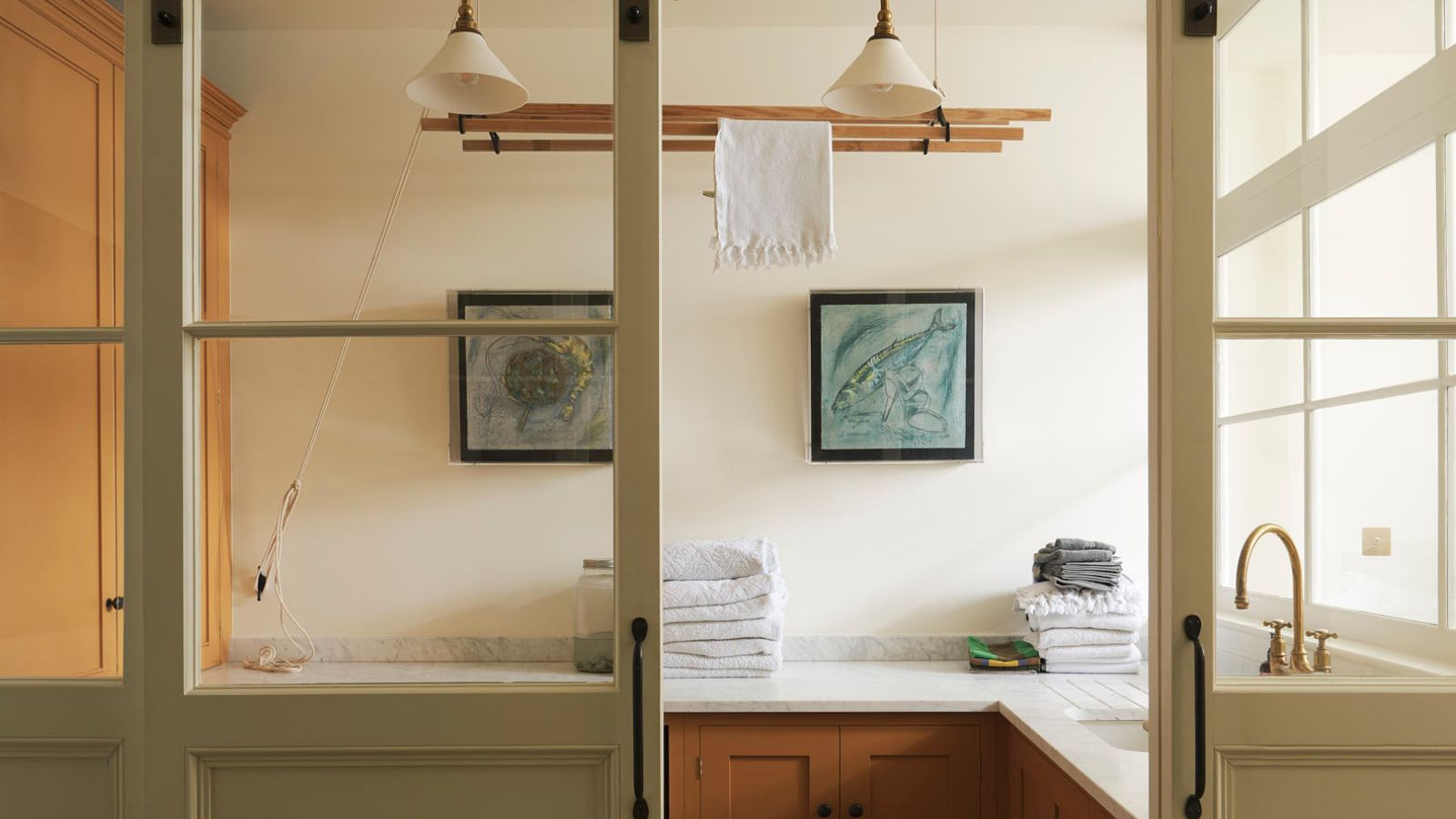 This is the surprising room in your house that gets dirtier faster than the rest, and it's not the 1 you think
This is the surprising room in your house that gets dirtier faster than the rest, and it's not the 1 you thinkCleaning experts reveal your home's secret germ hub and how to keep it sparkling
-
 9 ways the summer heat can damage your home – avoid disaster and save $1,000s on home repairs with these expert tips
9 ways the summer heat can damage your home – avoid disaster and save $1,000s on home repairs with these expert tipsSummers are getting hotter due to climate change, but being prepared will stand you in good stead
-
 This is the one mistake that could make your patio furniture wear out twice as fast – here's how to avoid it to potentially save yourself $1,000s
This is the one mistake that could make your patio furniture wear out twice as fast – here's how to avoid it to potentially save yourself $1,000sIt's super simple to avoid
-
 Why Memorial Day is going to be the perfect – and perhaps last time – to beat incoming US tariff hikes for big-ticket household appliances
Why Memorial Day is going to be the perfect – and perhaps last time – to beat incoming US tariff hikes for big-ticket household appliancesWith steep price hikes predicted, this could be the last chance to grab big discounts on goods and appliances
-
 This $50 gadget tests your air quality for allergens, pollutants and harmful smoke – as a home tech editor, it's a must-have for all
This $50 gadget tests your air quality for allergens, pollutants and harmful smoke – as a home tech editor, it's a must-have for allAn air quality monitor will detect harmful air particles in your home
-
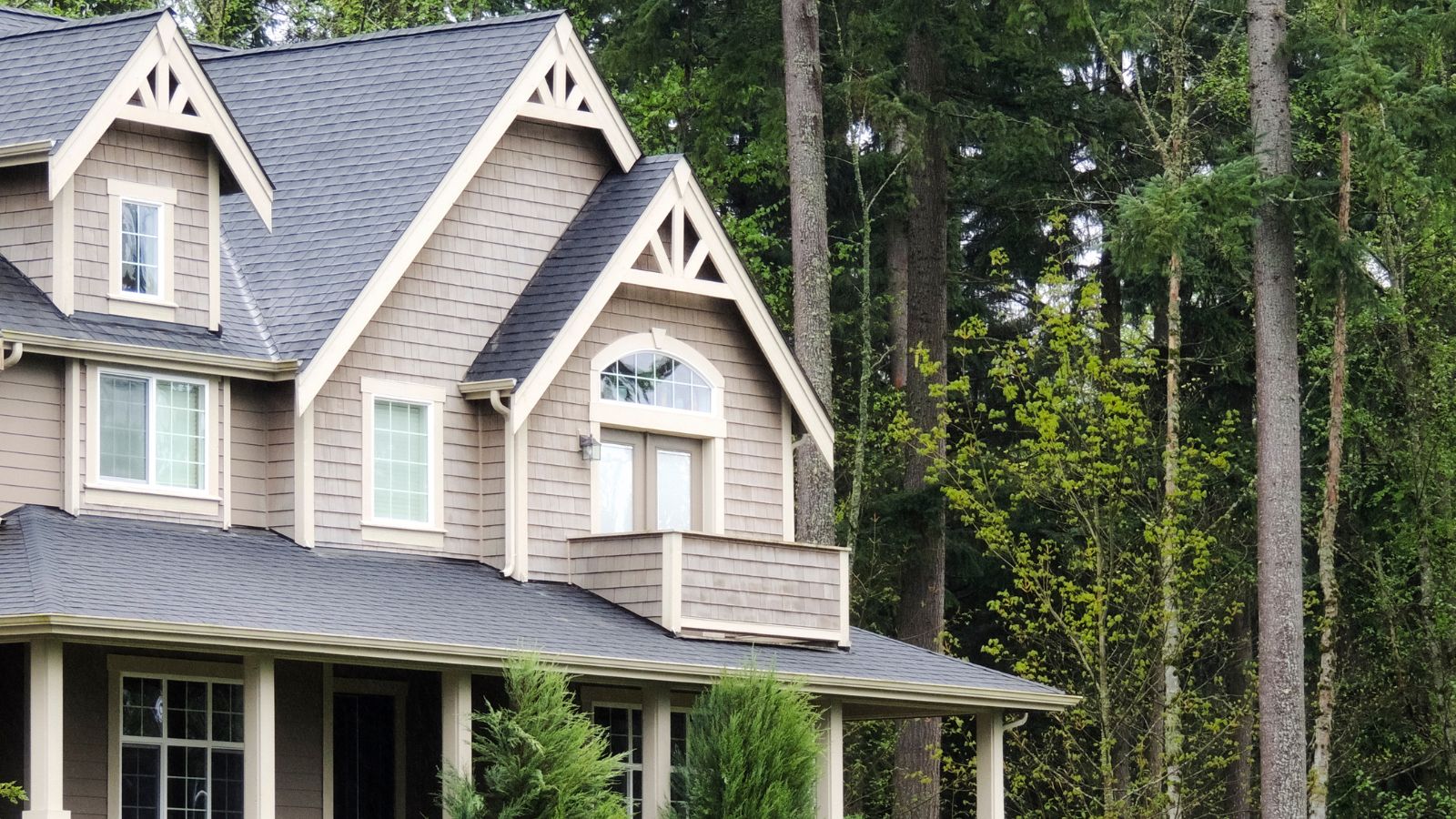 Can you paint a metal roof? Experts warn this could make or break your ‘worthy’ DIY efforts
Can you paint a metal roof? Experts warn this could make or break your ‘worthy’ DIY effortsDone right, it'll improve energy efficiency and avoid corrosion
-
 Professional cleaners reveal whether natural cleaners can disinfect common household bacteria and viruses
Professional cleaners reveal whether natural cleaners can disinfect common household bacteria and virusesThe answer may surprise you
-
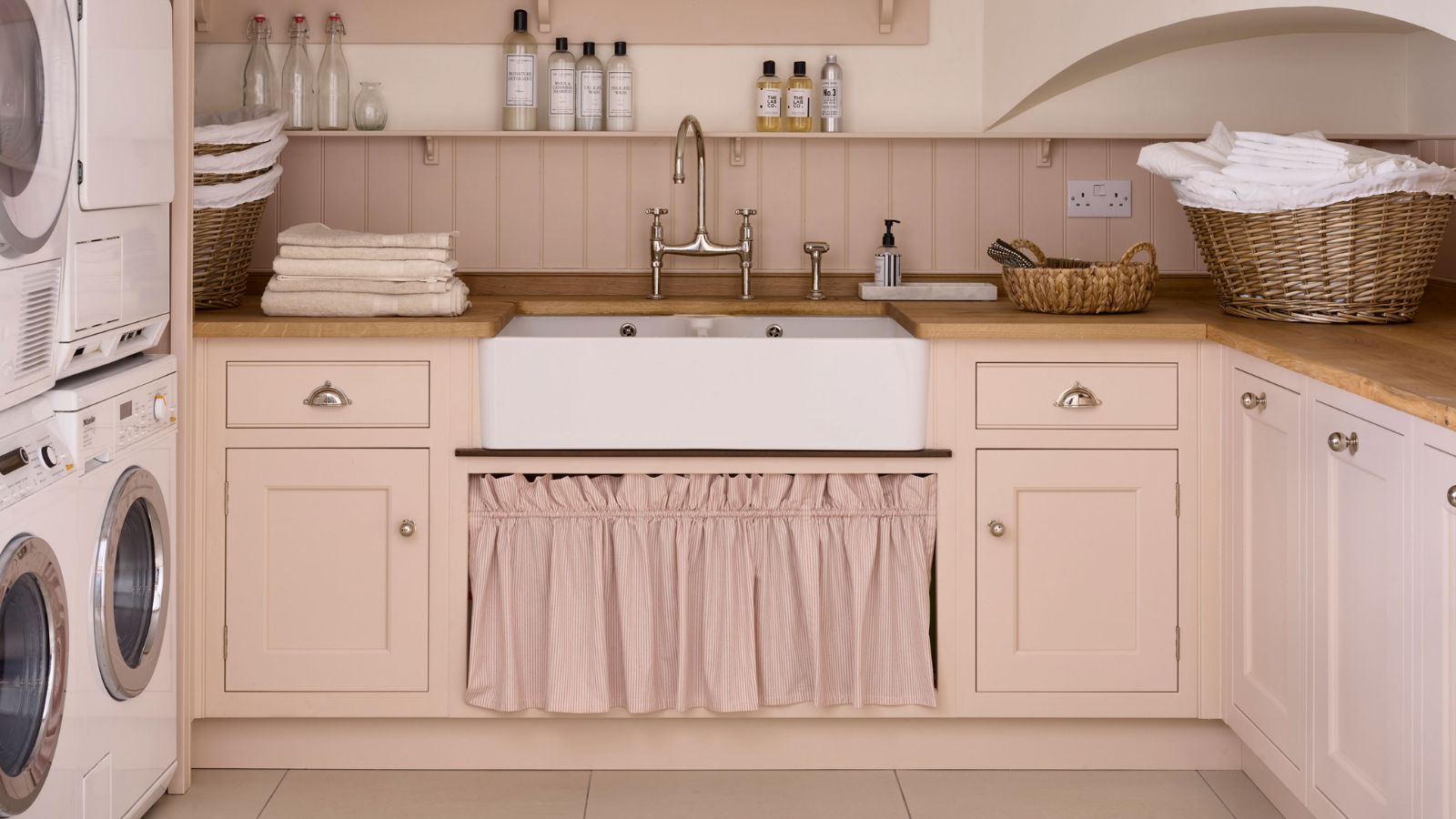 'They are not designed to be storage' – experts warn you should never store these 5 things on your washer or dryer
'They are not designed to be storage' – experts warn you should never store these 5 things on your washer or dryerYou'll run the risk of fire or damage to your appliance